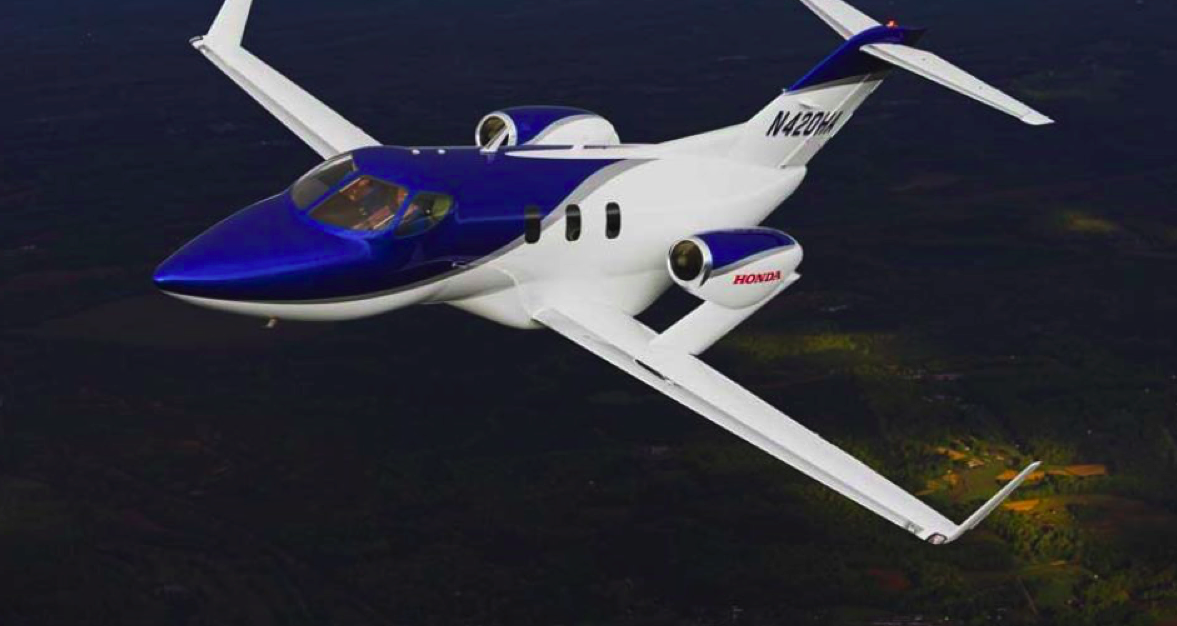The start-up HondaJet fractional operator is taking a different and limited approach to selling its now flying fleet of Very Light Jets.

Suddenly, there are HondaJet fractional providers everywhere you look, well, at least in three places. Jet It, which popularized the very light jet to the fractional market, now has company. Volato and Jet Token both took flight this year. However, Jet Token is the only one offering a jet card program.
Its service area offering one-way pricing without repositioning fees currently covers Arizona, California, Colorado, Nevada, New Mexico, Oklahoma, Texas, Utah, within 50 miles of Cheyenne and Jackson, Wyoming, Coeur d’Alene, and Boise, Idaho, and Cabo San Lucas.
Jet Token is one of only two providers to offer a HondaJet jet card option. It’s also the only one that offers the popular VLJ on a guaranteed basis. Broker OneFlight allows its cardmembers to request the type.
For Jet Token, there are two jet card options.
The first is a traditional 25-hour card. It’s priced at $5,445 per hour, plus FET.
It has terms attractive for those of you constrained by the increase in jet card call-outs and peak days.
The non-peak deadline for reservations is 24 hours, and the peak is 72 hours, and there are 45 high-demand dates. Peak and non-peak cancelation are just 24 hours, so flexible if your plans tend to change.
There is a 60-minute daily minimum, with the significant negative being a 60-minute, plus taxi time segment minimum, so there isn’t a price break if you are doing multiple sub-one-hour flights on the same day.
That said, there are relatively few card programs with 60 or 72 minutes daily and segment minimums currently on the market.
The second offering is a 10-day access card. Your hourly rate is $1,649, plus FET; however, the cost to join is $190,850.
In other words, if you use all 10 days, you are spending $19,085 before you takeoff. By our calculations, you would need to average over four hours flying across those 10 access dates to make this a better option.
Of course, with the low hourly rate, it’s ideal if you make three or four stops in a day. The by-the-day program is blacked on high-demand and peak dates.
While most fractional operators base shares on 800 occupied flight hours per year, Jet Token sells only 425 hours per aircraft. That’s five shares of 75 hours and two jet cards.
Mike Winston, chairman, and co-founder says, the program was designed in concert with the OEM. HondaJets require maintenance every 600 hour hours.
Head of Sales and Advisory Board member Brenda Paauwe-Navori says that it has kept owners and jet cardholders on the fleet 100% of the time since launch.
Currently, it has two HondaJets in service and can add up to three more next year as it sells shares and jet cards. Its first flight was in October.
There is a shared ownership program and co-ownership option. The shared ownership program is Jet Token’s version of a lease, while co-ownership is traditional fractional ownership.
With the latter, current prices, due to increase in January, have a one-fifth share at $1.25 million. That gives the owner 75 flight hours per year.
The monthly management fee is $12,500, and the occupied hourly rate is $1,650, plus FET.
Cirrus Aviation operates the Jet Token fleet, and operations are under Part 135, hence the excise tax.
Paauwe-Navori, a veteran of Bombardier and Embraer, and Winston both point to the model as being focused on providing owners and card clients access to the aircraft they are buying.
Winston believes having up to 16 owners to an aircraft with a small fleet is a recipe for unhappy customers. Limiting each aircraft to five owners and two card members reduces the likelihood of being off-fleet.
Payments can be made via cryptocurrency, hence the Jet Token name. However, Winston says so far; no clients have used the new-fangled payments.
Jet Token is well funded, Winston says, having crowd-sourced over $13 million from more than 30,000 individual investors. It is in the process of raising an additional $25 million.
Looking ahead, Winston says his goal is to be a launch concept for the HondaJet 2600 concept. That’s a proposed light jet with a transcontinental range.
He calls Jet Token “a Honda shop” and sings the OEM’s praises, noting the company that manufactures everything from cars and motorcycles to lawnmowers is bigger than Boeing. It had $137 billion in revenues in 2020.
For now, Winston is taking a more conservative view of expansion than rivals. While Jet It is expanding to Canada, Europe and India, and is now adding the Gulfstream G150, Volato wants to be nationwide by next year.
Winston says there is more than enough opportunity in its current Western U.S. footprint. He also has immediate inventory, although he adds, “Act now, supply is limited.”
